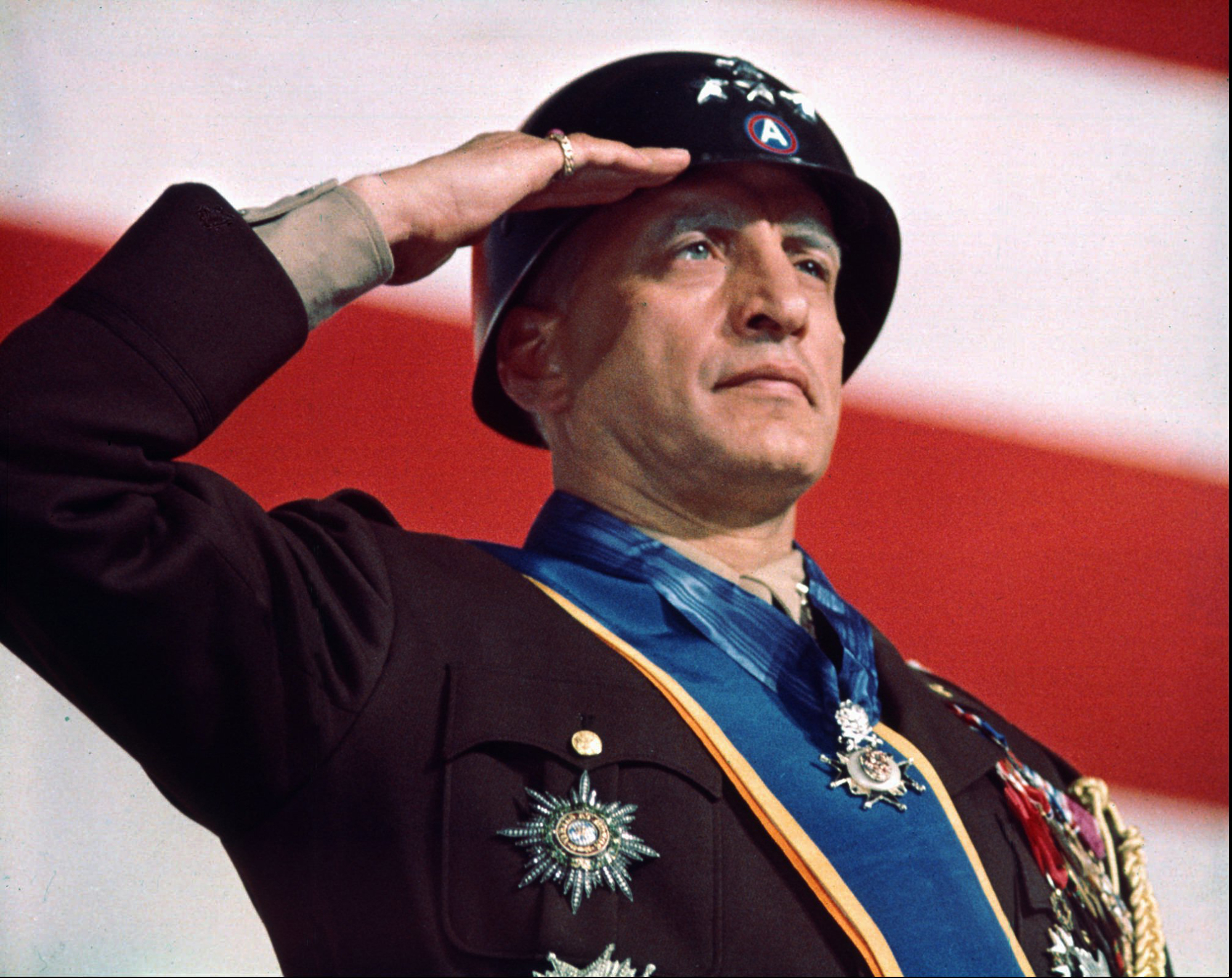In April 1970, U.S. President Richard Nixon decided to expand the Vietnam War into neutral Cambodia in order to destroy the People's Army of Vietnam and communist insurgents (the Viet Cong), around 40,000 troops in total. During the preceding decade, the communists had established bases of operations in the eastern part of the country from which they repeatedly launched cross-border incursions into South Vietnam, a U.S. client state.
Nixon's goal of the subsequent aerial bombardment and invasion by both the U.S. military and the Army of the Republic of Vietnam (ARVN) was to buy breathing space for the South Vietnamese government, as the United States had begun the gradual withdrawal of combat troops, by decisively defeating the North's forces in eastern Cambodia and disrupting their supply lines.
The military operations, which took place from April to July 1970, were a tactical success for the Americans and South Vietnam, but ultimately proved indecisive. Over 330 Americans were killed and more than 1,500 wounded. The South Vietnamese suffered over 4,000 casualties, whereas enemy killed in action (KIA) were estimated at over 14,000 (the number most likely included civilians casualties).



















With your current subscription plan you can comment on stories. However, before writing your first comment, please create a display name in the Profile section of your subscriber account page.